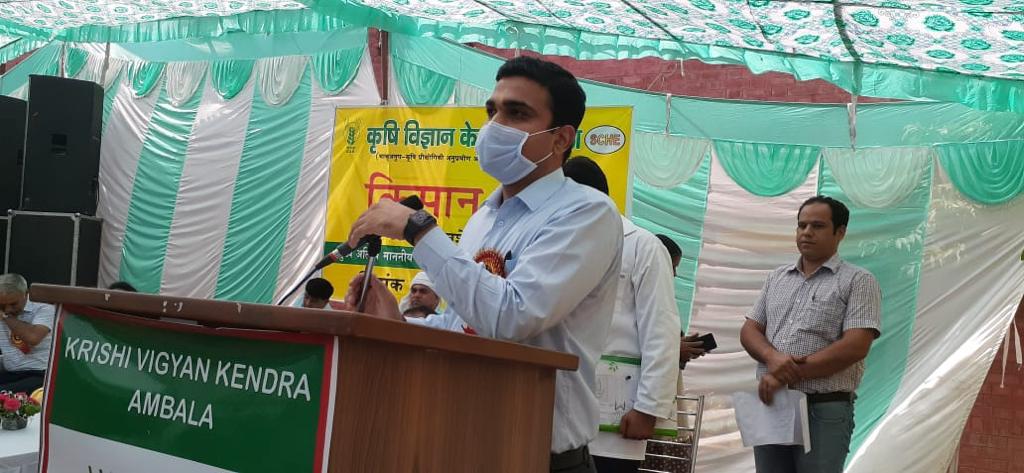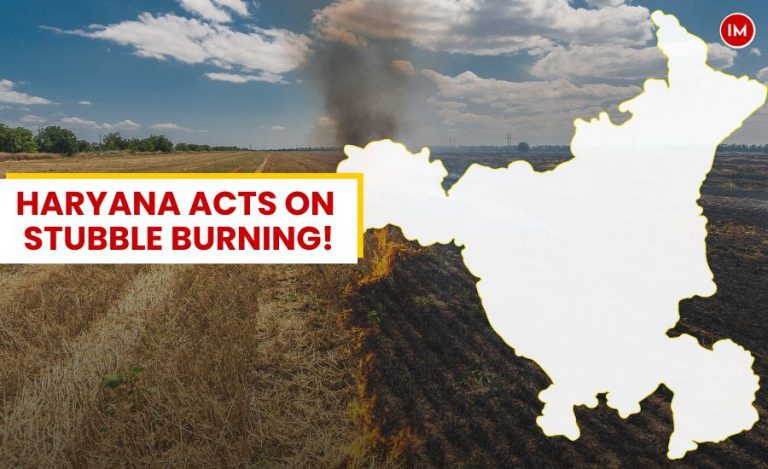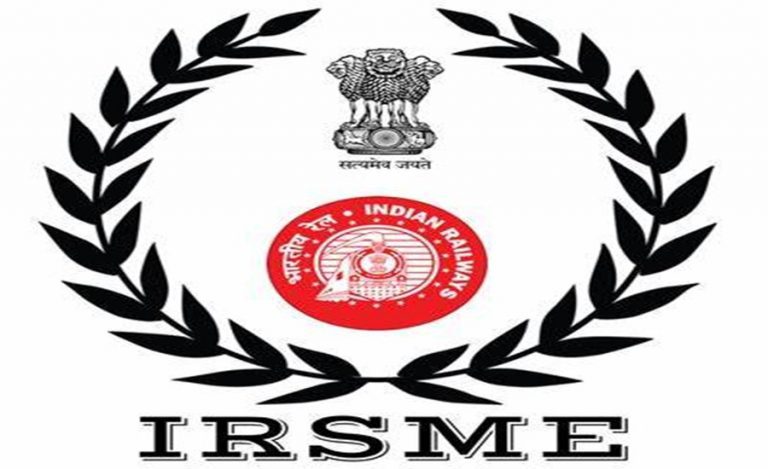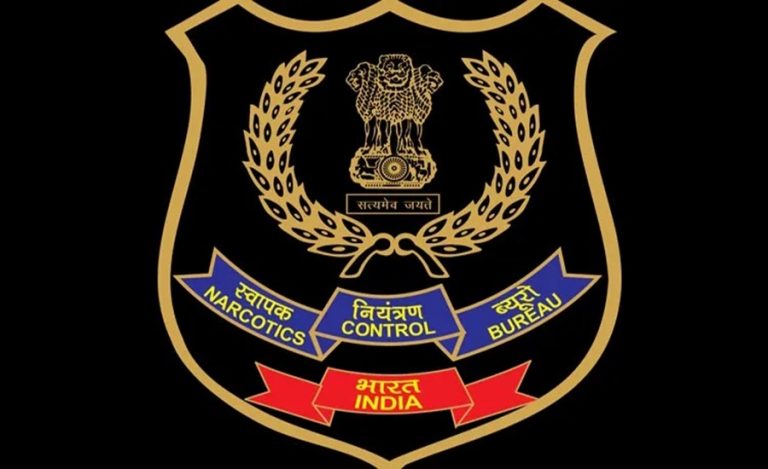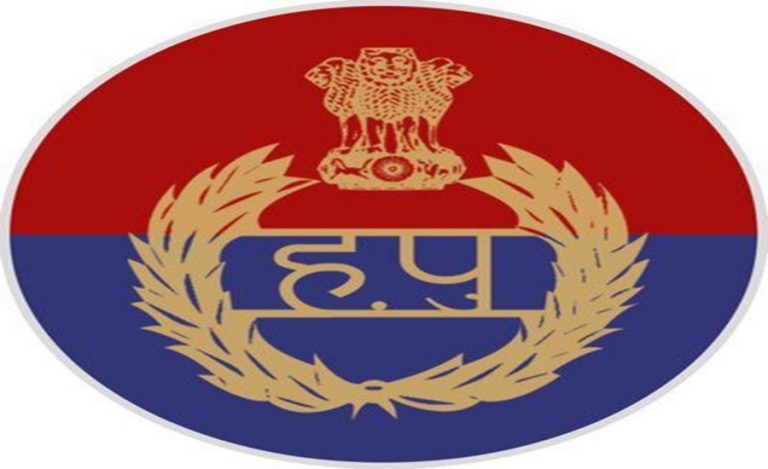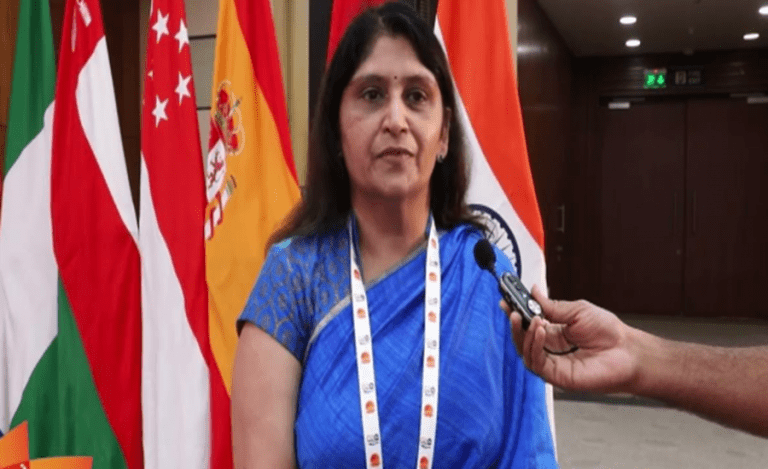Stubble burning or crop residue burning is common among the farmers of Punjab and Haryana. As the process is cheap and time effective, the farmers usually practice it regardless of the damage to the environment. It has been a major concern in these two states and even other states like Delhi had to pay the price. However, an IAS officer has taken a unique step and has managed to reduce the stubble-burning cases in the district by 80 per cent.
The officer behind this initiative is Deputy Commissioner of Ambala, Mr. Vikram Yadav, IAS, who is now aiming towards reducing the cases to 100 per cent by the end of this season.
ADDRESSING ISSUES ON PRIORITY
Mr. Yadav told Indian Masterminds, “Farmers burn the stubble residue from wheat and paddy after the harvest season concludes. This is inevitable for farmers as they need to clear and prepare the ground for planting the crop for the next season, which is rabi.”
The officer further said that stubble burning is preferred due to the short gap between the two seasons. Any other available alternative might take another 20 to 30 days for the same thing which they do by burning the stubble.
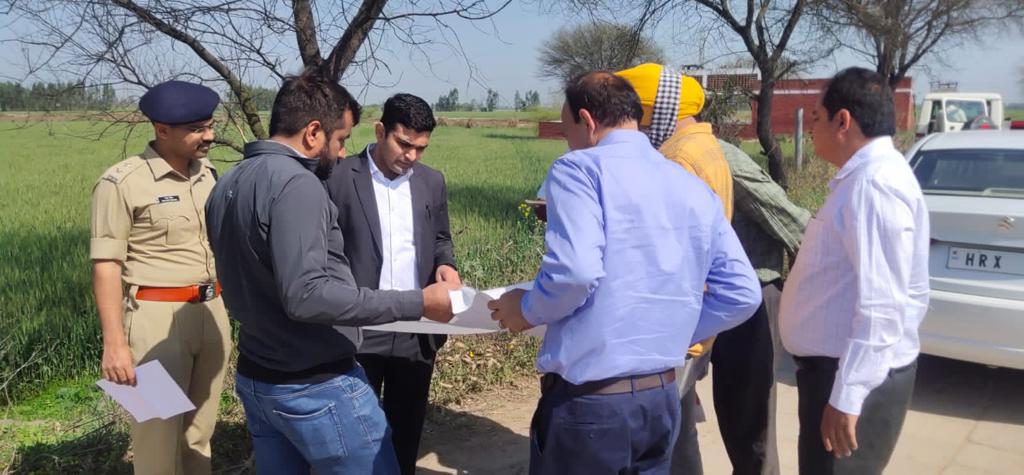
When he joined Ambala as the Deputy Commissioner in 2021, the last year’s stats of the whole state were unfavourable as the cases shot up to 5,328 which included more than 700 from Ambala itself, making it the fourth highest district with stubble burning cases in Haryana. It was a major issue and the officer wanted to address it on a priority basis.
Mr. Yadav said, “As the main issue is with the time between both seasons, we wanted to find an alternative and sensitise the farmers at the same time. I realised that it was mandatory to approach the farmers for in-situ and ex-situ waste management.”

The department started analysing the severity of the issues and demarcated areas into red and yellow zones. The red highlighted areas were those where there were more than six farm fires in a year, while yellow indicated up to five incidents. Mr. Yadav said, “The exercise narrowed down eight red zones and 89 yellow zones.”
ALTERNATE SOLUTIONS
The district administration introduced machines like smart seeders, shredders, and other equipment with government subsidy to get rid of the farm waste. Some other technological solutions were also introduced, such as a straw baler with a rack, a rotary slasher, a hydraulic reversible plow and others that turned the residue into fertilizer.
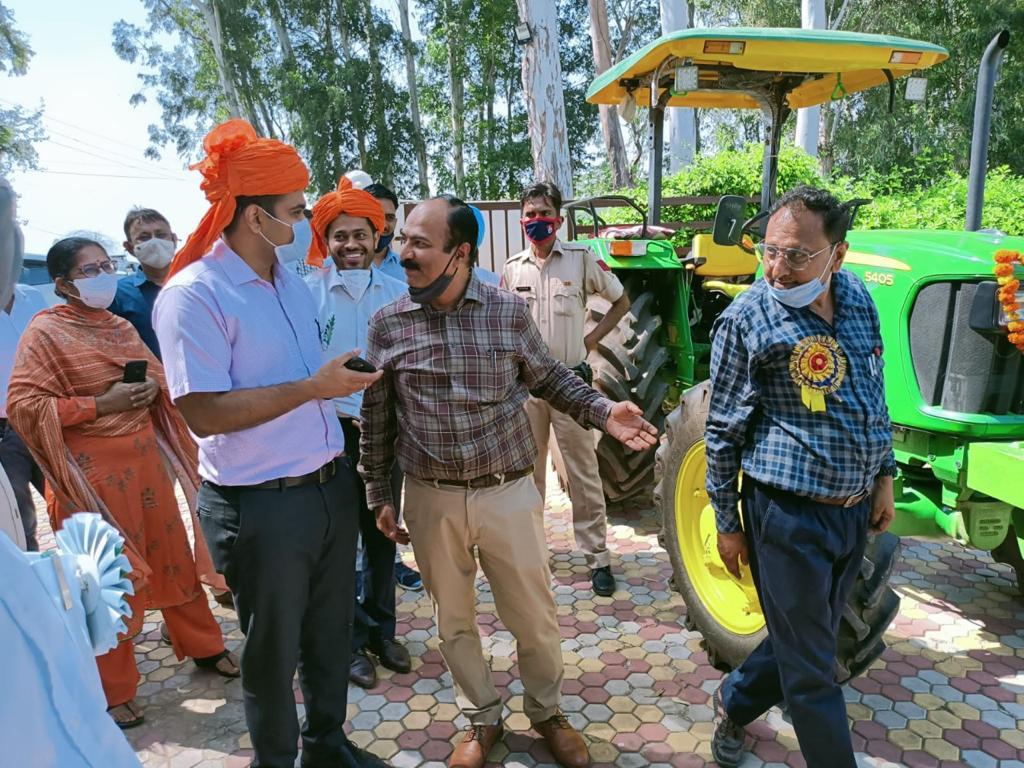
The farmers received the option to hire the equipment from Custom Hiring Centres (CHCs) facilitated by the government or to purchase them outright. The officer said that besides addressing the waste at the source, the farmers were offered other commercial alternatives such as selling stubble to power plants.
With all these steps and the spreading of awareness among the people regarding the effects of stubble burning and its disadvantages, the results were amazing as the district administration managed to drop the cases from 702 to 146, which is around an 80 per cent decrement.
Also, the people who were caught burning the stubble during this time were charged with fines/challan rather than FIRs. Unlike last year, the officer thinks, that this year, things are more systemised and he is hoping for zero cases of stubble burning in the district soon.

